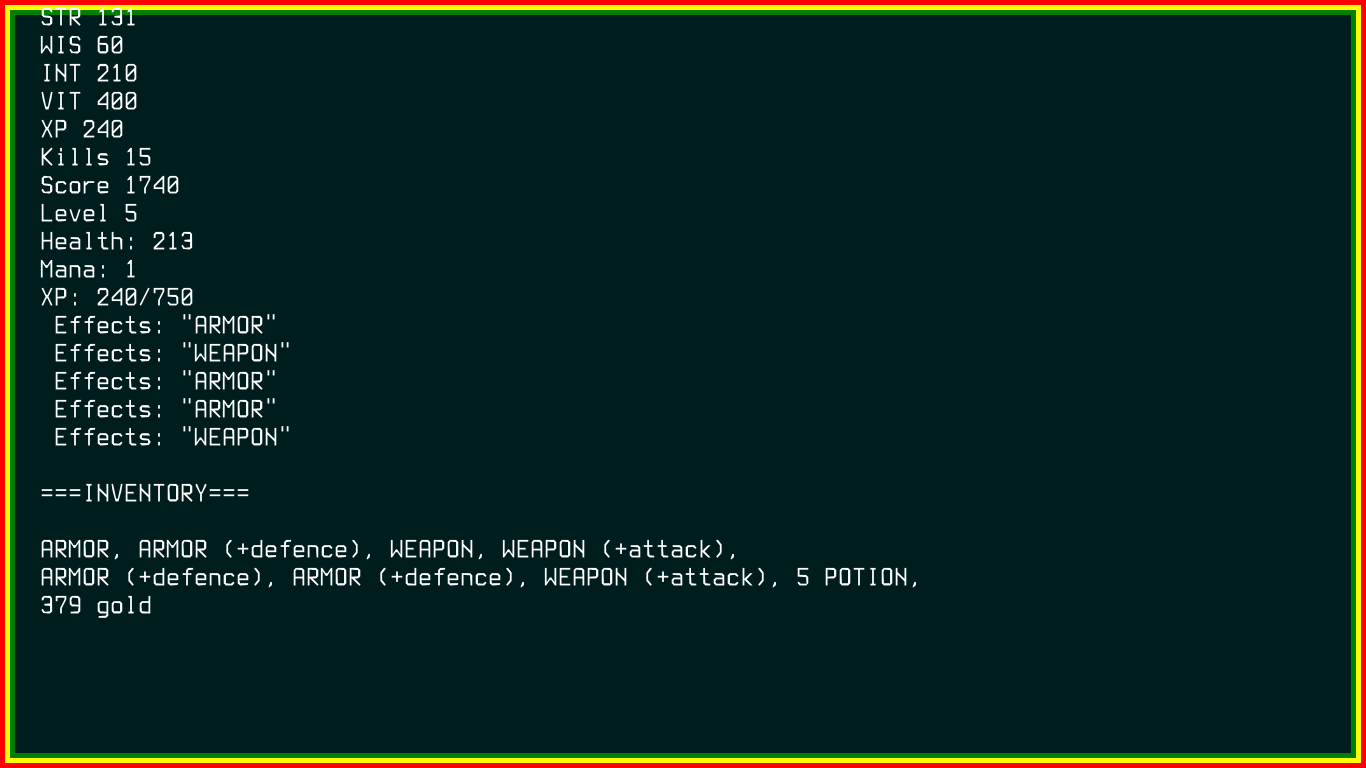AERPG Mac OS
From the Apple menu in the corner of your screen, choose About This Mac. You should see the macOS name, such as macOS Big Sur, followed by its version number. If you need to know the build number as well, click the version number to see it. Which macOS version is the latest?
- How to Enable the AE Server on a Mac In order to instruct another Mac on your network, you need both AppleScripts and the Remote Apple Server for it to work. The AppleScripts contain the instructions for the task you want the other Mac to perform while the AE Server authorizes and executes the instructions.
- Be it at home with your home computer (Windows, Linux, MAC OS X), or traveling with your smart phone (iPhone, iPad, Android), or in the office, the data is always at hand. Webdav interface and Active Sync for synchronizing contacts and time management.
Is your Mac up to date with the latest version of the Mac operating system? Is it using the version required by a product that you want to use with your Mac? Which versions are earlier (older) or later (newer, more recent)? To find out, learn which version is installed now.
If your macOS isn't up to date, you may be able to update to a later version.
Which macOS version is installed?
From the Apple menu in the corner of your screen, choose About This Mac. You should see the macOS name, such as macOS Big Sur, followed by its version number. If you need to know the build number as well, click the version number to see it.

Which macOS version is the latest?
These are all Mac operating systems, starting with the most recent. When a major new macOS is released, it gets a new name, such as macOS Big Sur. As updates that change the macOS version number become available, this article is updated to show the latest version of that macOS.
If your Mac is using an earlier version of any Mac operating system, you should install the latest Apple software updates, which can include important security updates and updates for the apps that are installed by macOS, such as Safari, Books, Messages, Mail, Music, Calendar, and Photos.
| macOS | Latest version |
|---|---|
| macOS Big Sur | 11.3 |
| macOS Catalina | 10.15.7 |
| macOS Mojave | 10.14.6 |
| macOS High Sierra | 10.13.6 |
| macOS Sierra | 10.12.6 |
| OS X El Capitan | 10.11.6 |
| OS X Yosemite | 10.10.5 |
| OS X Mavericks | 10.9.5 |
| OS X Mountain Lion | 10.8.5 |
| OS X Lion | 10.7.5 |
| Mac OS X Snow Leopard | 10.6.8 |
| Mac OS X Leopard | 10.5.8 |
| Mac OS X Tiger | 10.4.11 |
| Mac OS X Panther | 10.3.9 |
| Mac OS X Jaguar | 10.2.8 |
| Mac OS X Puma | 10.1.5 |
| Mac OS X Cheetah | 10.0.4 |
arp -d 10.10.10.1If you’re not sure which IP address you’re looking for then you can look at the arp table to check the IP against the MAC address by using the -a option along with arp. For example:
arp -aTo delete all of the entries in an arp table (they do regenerate after all) you can use the -d option in conjunction with the -a option:

arp -d -aIf you then want to manually add an entry into the arp table you can use the -s option followed first by the IP address and then by the MAC address, as follows (assuming an IP of 10.10.10.10 and a MAC of 00-00-00-00-00-00):
arp -s 10.10.10.10 00-00-00-00-00-00
Aerpg Mac Os X
In some cases I’ve had to revert to using hostnames instead of MAC addresses. To do so, first define the hostname in /etc/hosts, adding a line that has the IP followed by the name of the server, as follows:Aerpg Mac Os Catalina
havok.krypted.com 10.10.10.10Then simply use the name instead of the MAC address with the -s option, as follows:
Aerpg Mac Os Download
arp -s havok.krypted.com 10.10.10.10